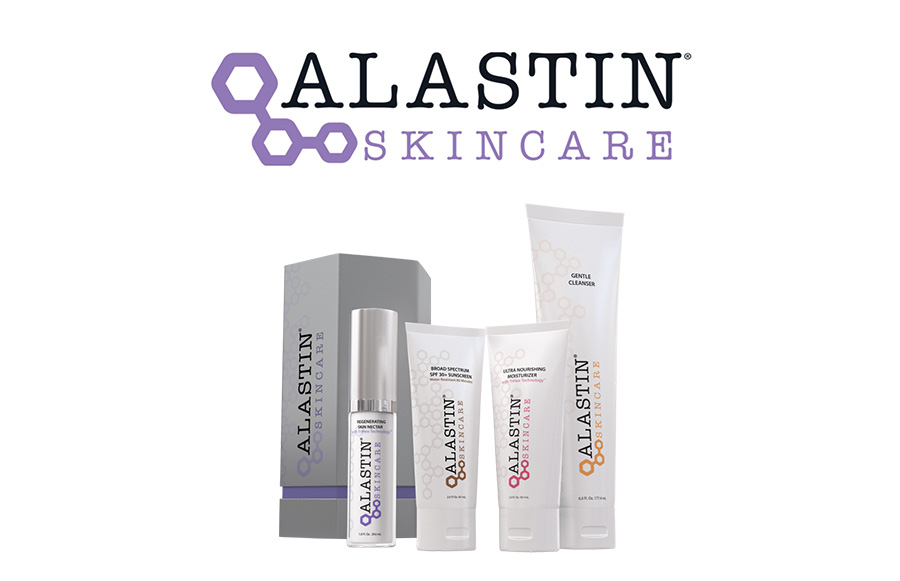Serving Beverly Hills, Los Angeles, Santa Barbara and surrounding areas
Fat transfer involves the transfer of fat from one part of the body to another. The doctor carefully harvests fat cells that are then injected to firm, fill out or plump up other body parts. Fat transfer is a popular, safe and effective alternative to other wrinkle treatments — designed to re-contour the face and provide definition to the cheeks and chin. It can also be used to correct facial deformities. One particular advantage to this treatment is the fact that fat transfer involves one’s own fat cell, so the patient can never have an allergic reaction.
Understanding the Surgery
Both the area from which the fat is taken and the treatment site are anesthetized with a local anesthetic. Using a small needle attached to a syringe, the surgeon removes the fat from a donor site — an area where the patient’s fat is most tightly packed, such as the abdomen or thighs. Once removed, the fat is processed to remove excess fluids and then re-injected using blunt-tipped micro-cannulas applied to various regions and depths of the face. This process may be repeated until the desired correction has been achieved.
Harvesting the fat cells for reinjection is often performed in conjunction with other procedures, such as liposuction or facelift. When fat is harvested during another procedure, it is often possible for the surgeon to harvest a larger amount of fat, and then to freeze and store the fat for future injections should they become necessary.
What to Expect Afterwards
Patients are to maneuver freely right after the surgery has been completed. Any discomfort following the procedure can be controlled with medication. Some swelling may occur for up to 36 hours after the procedure. There may also be some bruising. Micro-fat transfer is usually completed over 1-3 sessions. This prevents the over filled look. Approximately 70% of the transferred fat will survive. Many patients choose fat transfer over traditional fillers because it uses their own tissue and some of the fat remains permanently at the injection sites.
A great secondary benefit of micro-fat grafting is the changes to your skin. Over several months, most patients will notice dramatic improvements in skin quality and texture. This is believed to be a result of the stem cells found in fat.
Is Fat Transfer Right For You?
While facelifts are excellent for removing excess skin and re-draping the facial soft tissue — especially along the jawline and in the neck — they do nothing to replace the volume of soft tissue and bone that we all lose with age. Fat transfer, on the other hand, addresses not only the jawline, but also the cheeks, the areas around the eyes, and the temples — providing a truly rejuvenated, more natural-looking appearance than a facelift alone. After an extensive consultation, Dr. Moradzadeh will advise you on whether fat transfer is a viable option for you based on what you’re trying to achieve.
Other Considerations
Injectable dermal fillers (brands such as Juvederm®, Restylane®, Perlane® and Radiesse®) are a popular alternative for non-surgical facial rejuvenation. While these fillers can restore a youthful, healthy glow to the face, fat transfer may be preferable for several reasons: It’s the patient’s own tissue, which eliminates the chance of having any allergic reaction, and it can last for many years, as opposed to fillers which typically last from 9 months to 1.5 years. Fillers remain an excellent option for many men and women, however Dr. Moradzadeh can advise you to help you weigh the alternatives.


